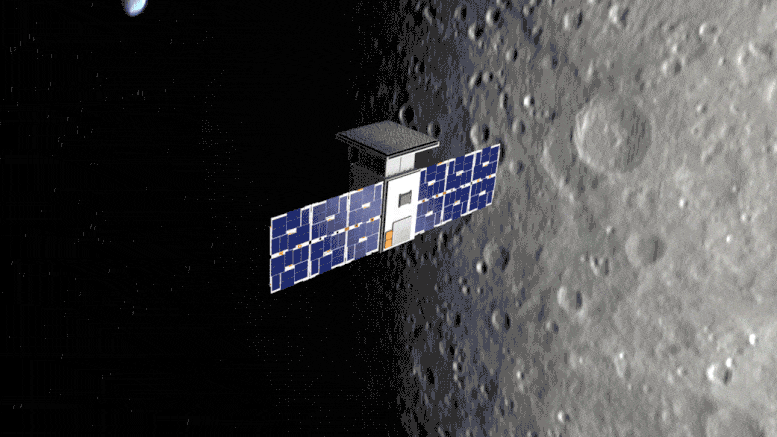
CAPSTONE in orbit near the Moon: Once released from Rocket Lab’s Photon satellite bus, CAPSTONE will use its propulsion system to travel for approximately three months before entering into orbit around the Moon. Credit: Illustration by NASA/Daniel Rutter
The Cislunar Autonomous Positioning System Technology Operations and Navigation Experiment (CAPSTONE), a small CubeSat, about the size of a microwave oven and weighing just 55 pounds (25 kg), has left low-Earth orbit and started its solo journey to the Moon.
Following its launch on June 28, CAPSTONE orbited Earth attached to Rocket Lab’s Photon upper stage, which maneuvered CAPSTONE into position for its voyage to the Moon. Photon’s engines fired seven times over the past six days at key moments to raise the orbit’s highest point to around 810,000 miles (1,300,000 km) from Earth before releasing the CAPSTONE CubeSat on its ballistic lunar transfer trajectory to the Moon. The spacecraft is now being flown by the teams at Advanced Space and Terran Orbital.
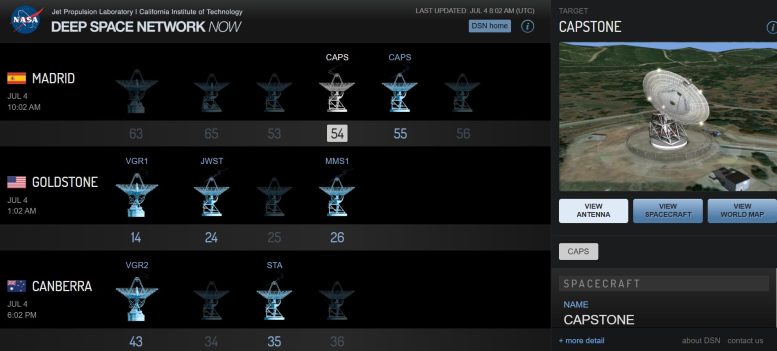
CAPSTONE communicates with Earth via NASA’s Deep Space Network en route to the Moon.
Now, CAPSTONE will use its own propulsion and the Sun’s gravity to navigate the rest of the way to the Moon, a four-month journey that will have CAPSTONE inserting into its near rectilinear halo orbit (NRHO) around the Moon on November 13, 2022. The gravity-driven track will dramatically reduce the amount of fuel the CubeSat requires to get to its target orbit around the Moon.
NRHO is a significantly elongated obit, located at a precise balance point in the gravitational pulls of Earth and the Moon. It offers stability for long-term missions like Gateway and requires minimal energy to maintain. CAPSTONE’s orbit also establishes a location that is an ideal staging area for missions to the Moon and beyond. The orbit will bring CAPSTONE within 1,000 miles (1,600 km) of one lunar pole on its near pass and 43,500 miles (70,000 km) from the other pole at its peak every seven days, requiring less propulsion capability for spacecraft flying to and from the Moon’s surface than other circular orbits.
In the coming days, you can follow CAPSTONE’s journey live using NASA’s Eyes on the Solar System interactive real-time 3D data visualization, riding along virtually with the CubeSat with a simulated view of our solar system.

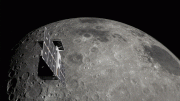
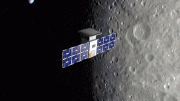
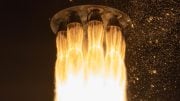
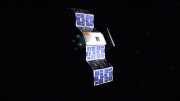
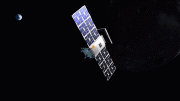

Be the first to comment on "CAPSTONE Leaves Earth Orbit, Headed to the Moon"